People make the place
The Bahamas after Hurricane Dorian: Out-island update
A former pine forest is a denuded no man’s land of dead tree trunks that stretch for miles across Great Abaco, the second-largest island in the Bahamas. On September 1, 2019, Abaco absorbed the brunt of the historic, Category 5 storm that moved across it like a slow and vengeful buzz saw. Abaco and Grand Bahama suffered severe damage while much of this country of islands was relatively unscathed.
The back-to-back calamities of Hurricane Dorian and COVID-19 annihilated the Bahamas’ tourism-based economy, but three years later the recovery is well underway. Cruise ships and airliners have returned to Nassau and the deep-water ports, and general aviation aircraft are once again flying the Out Islands that have long been a close yet exotic destination for U.S. pilots and passengers.
I’m flying a Beechcraft Bonanza A36 on a photo mission with AOPA Director of Photography Chris Rose, and 90 minutes after leaving Fort Lauderdale Executive Airport, we land at nontowered Treasure Cay Airport. Getting here requires some extra steps such as filling out an online “Bahamas Travel Health Visa” (with a requirement for a negative COVID-19 test within 72 hours).
On Abaco, residents who survived the storm that claimed 74 lives in the Bahamas and left tens of thousands homeless, all have their own harrowing accounts.
Gordon “Neely” Murray, 62, a lifelong Abaco resident, hunkered down at home with wife, Teresa, and son, Dario, when the storm flooded their residence with five feet of seawater and tore off the roof. When the eye of the hurricane passed over them, the wind was calm for a few minutes and they rushed to a friend’s home and huddled there with five others for hours, mostly inside an interior bathroom.
“I’ve seen a lot of hurricanes, but I’ve never been through anything like Dorian,” Murray said. “The worst part for us was that it took eight days to learn whether our two adult daughters in Marsh Harbour survived—and thank God they both did. A friend at the electric company let me know he saw them, and that was the best news I’ve ever heard. I hugged him so tight when he told me that.”
Murray and others believe the actual death toll was far higher than the official count since hundreds of people reported missing have never been accounted for.
“No one who lived through Dorian here will never forget it,” Murray said. “The part that stays with me is the sound. They say a bad storm sounds like a freight train. Well, I’ve never heard a freight train, but I can tell you a hurricane is damn loud.
“I still have nightmares—and I think I always will.”
Carrying on




Rose is atop his perch: strapped into one of the rear-facing seats of the Bonanza with the cargo doors removed, camera in hand, as the aquamarine Atlantic passes 1,000 feet below in a textured blur.
He motions outside for Travis Klumb and Ivy McIver, a pair of Cirrus Aircraft managers flying two factory new Cirrus SR22Ts, to join as we circle an uninhabited cluster of islands at the eastern edge of Grand Bahama.
“I thought you’d never ask,” quips McIver, who used all her persuasive power to get Klumb and this pair of sparkling airplanes. “We’re in.”
McIver and Klumb have flown together on multiple photo flights, and they follow Rose’s direction with precision and grace. The evening sun lights up their red and copper-colored airplanes (Cirrus calls the copper color “Zanzibar”) while I look for photo backgrounds of opportunity—and there are countless opportunities.
The ocean is turquoise in some places, translucent in the shallows, and deep blue in the depths. Golden sunlight filters through clouds whose shadows move ghostlike across the choppy ocean surface. A stiff breeze and powerful currents produce whitecaps, yet the air is surprisingly smooth. It’s an expansive and mesmerizing vista, and we’re only 200 nautical miles from Florida—well within reach of just about any U.S. aircraft.
Getting to this stunningly gorgeous place takes effort and expense, however, and during this COVID era, it feels at times like an elaborate scavenger hunt. There are physical items to collect such as flotation devices, a raft for each airplane, and personal locator beacons. Then there are bureaucratic chores such as registering online with U.S. Customs and Border Protection and filing eAPIS notifications, international flight plans, getting an online “Bahamas Travel Health Visa” (which requires proof of a negative COVID test and $40), and a U.S. Customs sticker.
Then there’s the cross-border flight itself, which can be done VFR or IFR. I elected to go IFR even though the weather was clear, because every airplane must be on an ATC-assigned transponder code before crossing the U.S. Air Defense Identification Zone (ADIZ), and filing IFR allows pilots to pick up the code before leaving the ground.
Our route put us over the ocean for about 70 miles (about the same as crossing Lake Michigan) then paralleled Grand Bahama for about 70 miles more. We were in radio contact with Miami Center and on radar at 7,000 feet all the way.
The normal trade winds dictated landing on Runway 14 at the nontowered Treasure Cay Airport; then we taxied to the ramp, shut down, and walked to the customs trailer.
Clearing customs involves presenting your U.S. passport and the Bahamas Travel Health Visa, filling out an immigration form and C7A “general declaration,” and paying $50 cash. The customs officials questioned Rose about his multiple cameras and wondered aloud why he would bring so much photo gear if he didn’t intend to sell it on the black market—but, thankfully, they let him pass.
The terms of the health visa threaten stiff fines for travelers who don’t wear masks; visitors are required to provide daily health updates via email, and just about every public building has signs mandating masks. In reality, however, few people wear them, especially outdoors, and none of the travelers in our group ever received an email inquiry during our five-day stay.
We rented a place via Airbnb and stocked the fridge with food and drinks brought from Florida. But we needn’t have brought so many provisions. A few restaurants have opened in and around Treasure Cay, and there are two grocery stores a 30-minute drive away at Marsh Harbour.
Once in the Bahamas, all our flying between islands was done VFR, and the process is much the same as in the United States.
All the nontowered airports use the same common traffic advisory frequency (122.8 MHz), so it’s easy to keep tabs on your friends when they self-announce wherever they happen to be taking off or landing. You must show your C7A document when coming or going from an “airport of entry” with a customs office, but otherwise you can fly around at will.
The only caveat is that many airports close well before sunset, and they’re locked up tight. Treasure Cay, for example, closes at 4 p.m. sharp, so landing later than that means you’re trapped on the airport grounds until morning.
Each member of our group gave a lot of thought to the hazards of flying single-engine airplanes for long distances over water but none to driving. The Bahamas retains the English tradition of driving on the left side of the road. Being so close to the United States, however, the vast majority of the cars have left-side steering wheels, so it really feels like you’re driving on the wrong side of the street and passing cars on a two-lane road is a leap of faith. Our rental car had a “keep left” sticker on the windshield, yet doing so required frequent reminders, especially at roundabouts.
Bahamians have a well-deserved reputation of being friendly, laid back, and living on island time, with two notable exceptions: “We drive fast and talk fast,” Murray said. “Talking fast keeps our conversations short—and that means we can all get back to relaxing quicker.”
The only aerial photo we were determined to get at the outset of this trip was a shot of our subject plane with the iconic sunken drug-runner at Norman’s Cay in the background.
The former smuggling airplane’s final resting place is beneath the shallow water about a half-mile south of the runway at Norman’s Cay, and it’s well known among divers.
The World War II-era Curtiss C–46 Commando came to grief in 1980 when Colombian drug kingpins Pablo Escobar and Carlos Lehder made Norman’s Cay a launching pad for transporting cocaine to the United States.
Through bribes and intimidation, the Medellín cartel ran Norman’s Cay with impunity from 1978 until 1982. Eventually, pressure from the United States and Bahamian governments led to a crackdown, however, and better U.S. radar capable of tracking airplanes throughout the region forced smugglers to change methods.
In recent years, Norman’s Cay has been redeveloped with high-end homes and luxury cottages, and its paved runway can accommodate business jets and charter flights.
I circled the airplane wreck several times in the Bonanza with Travis Klumb in an SR22T on my right wing before we finally got the lineup right for the C–46 shot.
“Got it,” Rose said over the intercom. “I’ve got the feeling you’re going to see this picture on the cover of next year’s AOPA Bahamas Pilot’s Guide.” (See sidebar.)
Murray points out some of the devastation on Abaco from his 2008 Chevy Yukon.
The Tipsy Seagull, a restaurant in Treasure Cay where he used to tend bar, is obliterated. Many homes in an upscale neighborhood are damaged, and some are vacant. In Marsh Harbour, a trawler in the middle of town waiting to be dismantled for scrap. A former dentist’s office serves as a hurricane time capsule with broken windows, desks and chairs strewn about, and rusting file cabinets positioned just as they were when the storm hit.
A hill beside the main road is known for being the only spot on the island where survivors could get cellphone reception immediately after Hurricane Dorian.
“We didn’t have power, but we could charge our phones in our cars, then go to the top of the hill to reach the outside world,” Murray said. “Hundreds of people used to walk up there every day.”
Six months after Hurricane Dorian, the first COVID-19 wave struck. Reconstruction stopped, then fitfully restarted. The island’s electrical power station was wrecked in the hurricane and the replacement took more than one year to build.
“COVID was a big snag,” Murray said. “We would have recovered a lot faster without it.”
Eventually, however, the Abaco population came back, the economy rebounded, and nearly full employment has returned. Despite the destruction and the hardships of the last three years, Murray’s optimistic about the future.
“We didn’t have an economy for two years,” he said. “Everyone lost a lot, but we were all in the same situation and pulled together. It’s the people that make the place, and we’ve got good people.”
Murray’s Yukon had a shattered windshield and grill from the storm, and a friend helped find replacement parts at a junkyard in Orlando. Now, you’d never know the vehicle had been damaged.
Baker’s Bay, a luxury resort near Marsh Harbour, is open and thriving, and the parking lot where workers board ferries is overflowing. Real estate prices are rising, and abandoned homes are starting to get torn down and replaced by new ones. Demand for construction workers is higher than ever.
It takes about 20 years for an Abaco pine tree to fully mature, and Murray said he takes heart knowing that the process is silently underway.
“All these dead trees you see everywhere are only good for firewood,” he said. “But when you look down at
the ground, you see new trees sprouting, and that makes me happy.
“No one planted those trees,” he said. “They’re all just growing naturally. They’re coming back, and so are we….We’ve all been through so much, but we’re back and we’re carrying on.”


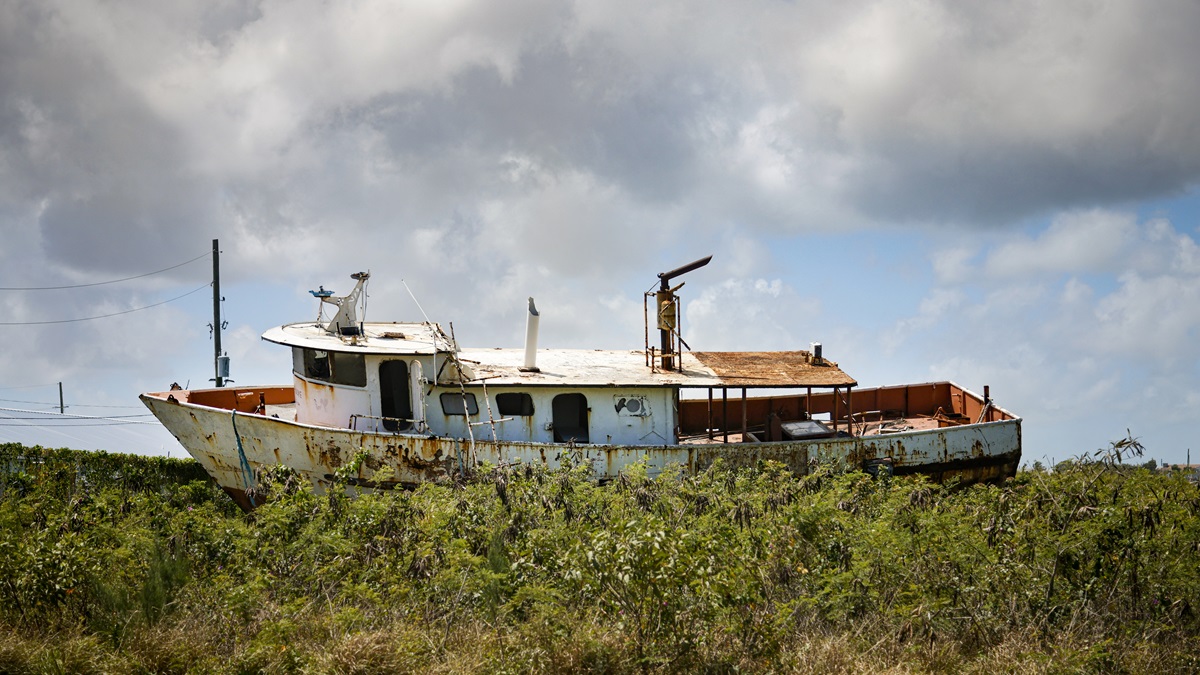
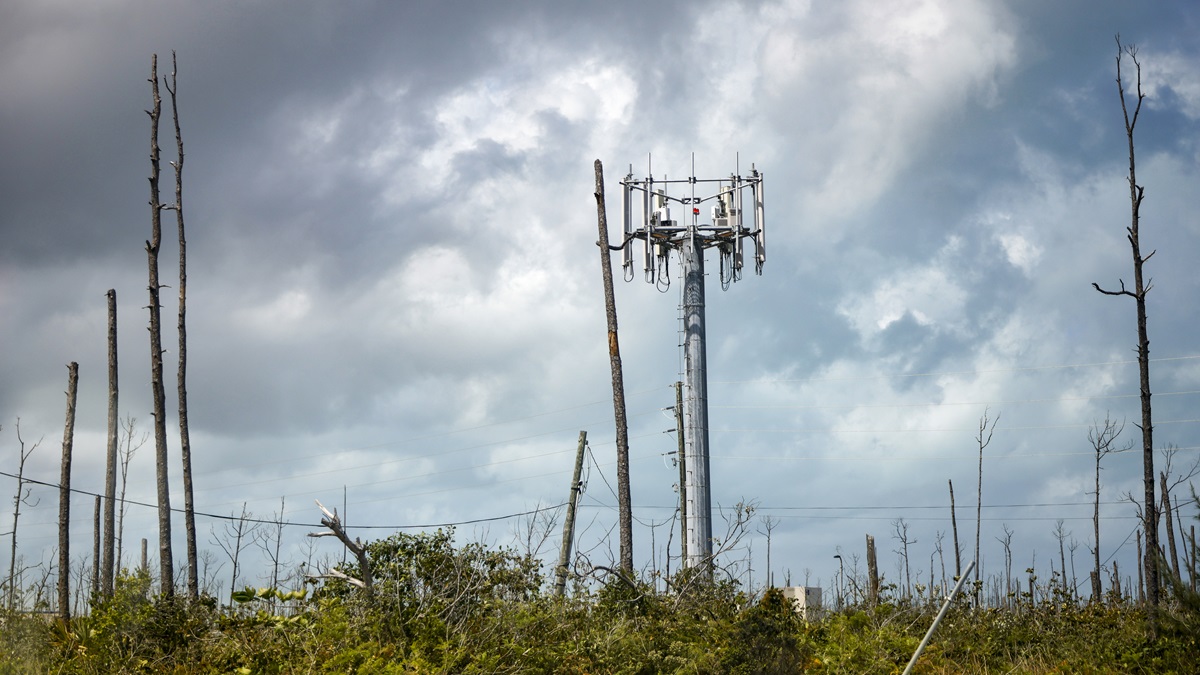

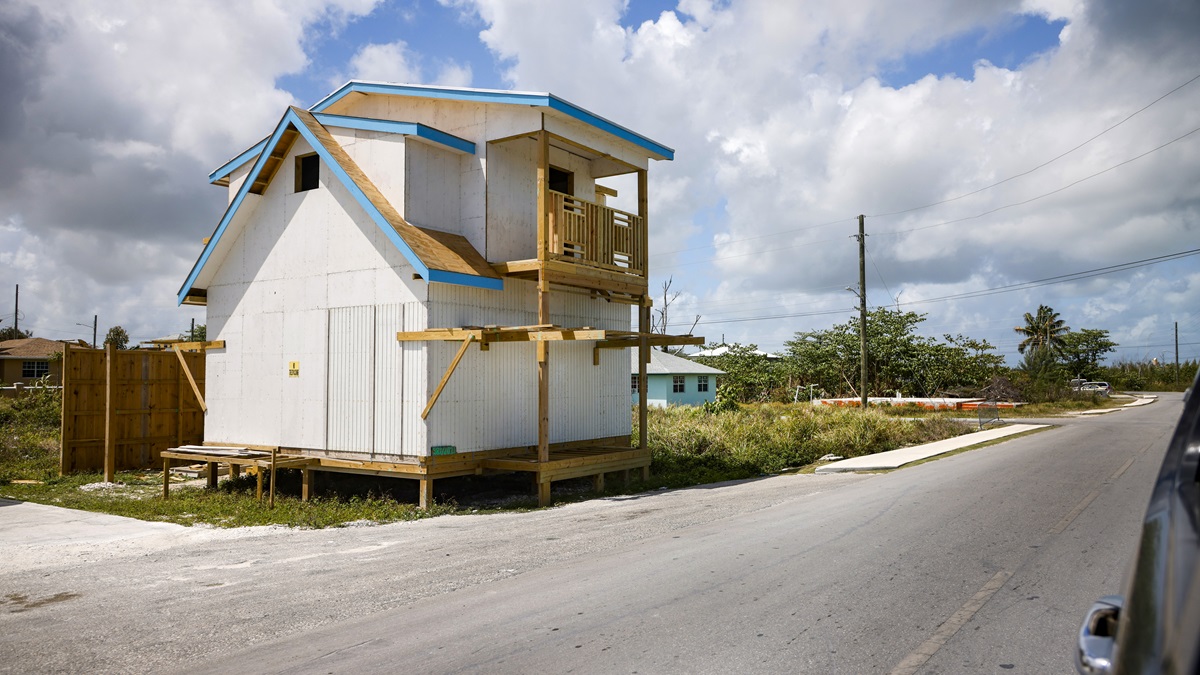

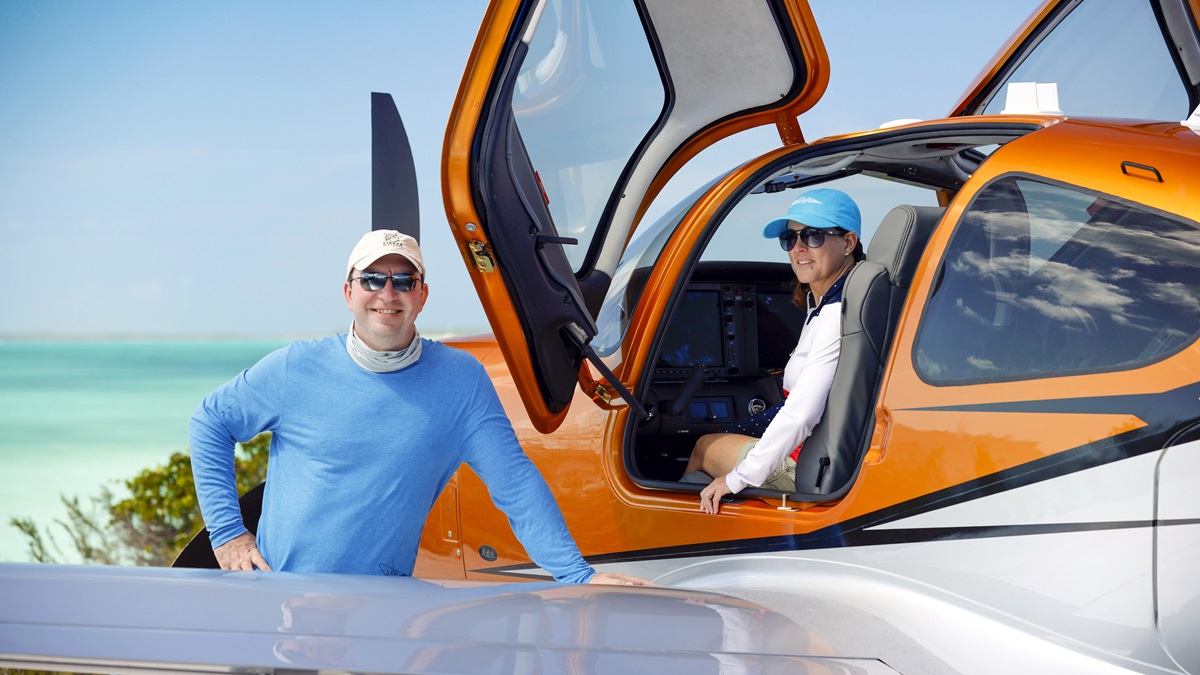
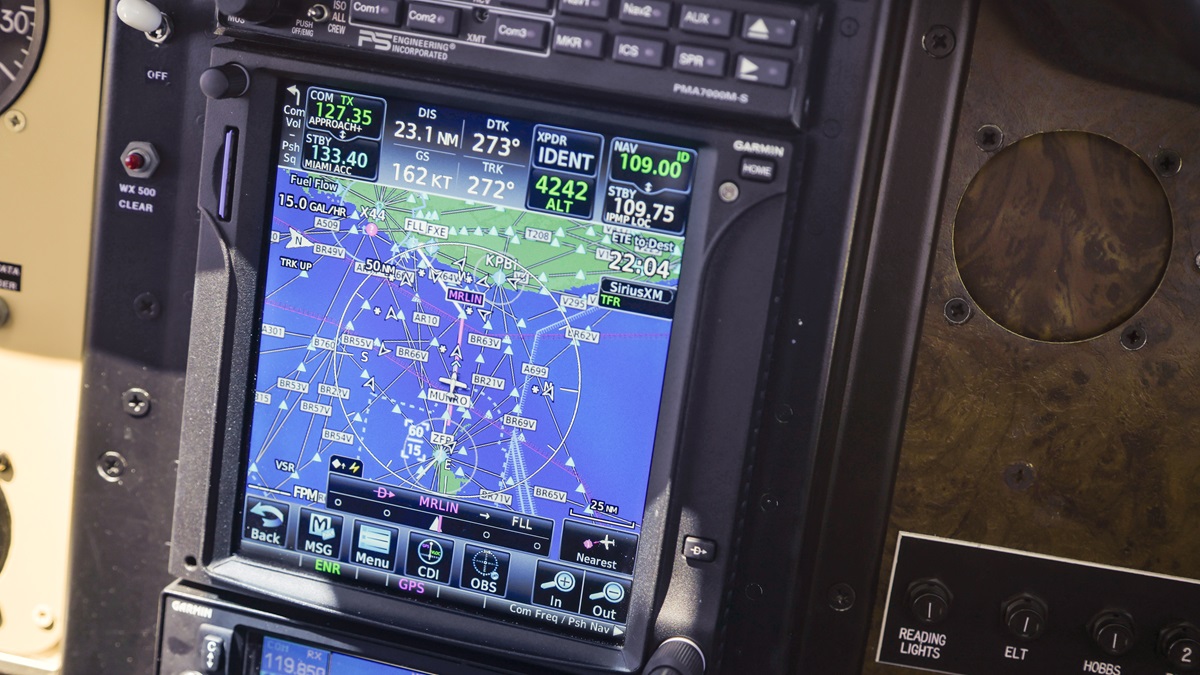
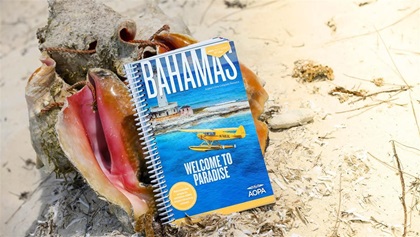 AOPA’s comprehensive Bahamas and Caribbean pilot guide books are packed with information about flying to the islands, including airport data and the layout of each island, customs information, descriptions of the local culture, and tips from other pilots for where to stay and fun things to do. This year, we’ve taken the great content you’ll find in the guides and integrated it into our Airports and Destinations Directory, which has served hundreds of thousands of AOPA members and users for more than 50 years. Now you can find all the content from the guides, plus frequent safety updates, temporary closures, diagrams, and more. When you purchase a print or digital copy of the Bahamas Pilot Guide, you can get started with your one-year subscription to exclusive guide data in the directory right away.
AOPA’s comprehensive Bahamas and Caribbean pilot guide books are packed with information about flying to the islands, including airport data and the layout of each island, customs information, descriptions of the local culture, and tips from other pilots for where to stay and fun things to do. This year, we’ve taken the great content you’ll find in the guides and integrated it into our Airports and Destinations Directory, which has served hundreds of thousands of AOPA members and users for more than 50 years. Now you can find all the content from the guides, plus frequent safety updates, temporary closures, diagrams, and more. When you purchase a print or digital copy of the Bahamas Pilot Guide, you can get started with your one-year subscription to exclusive guide data in the directory right away. 

